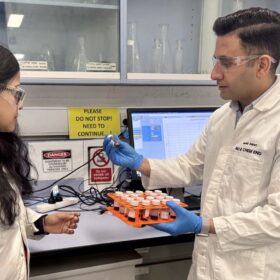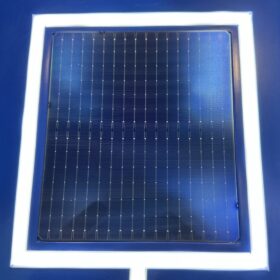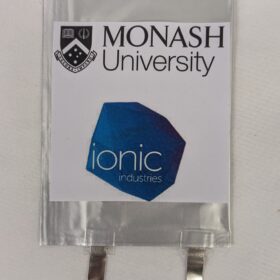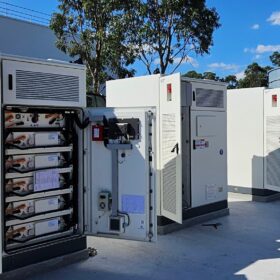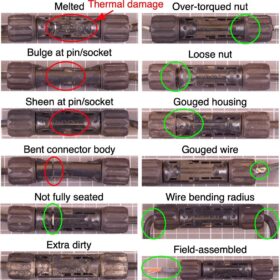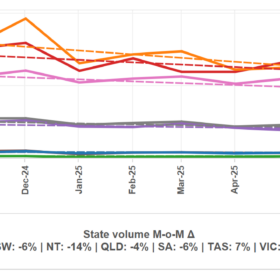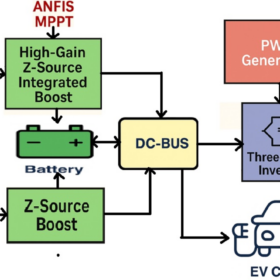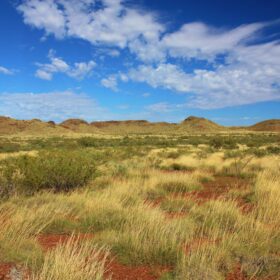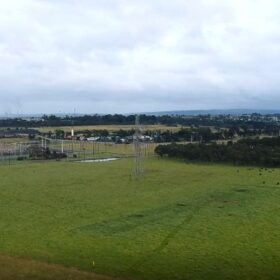Monash engineers boost zinc-air battery performance with cobalt-iron catalyst
Engineers at Monash University in Melbourne have developed a new catalyst they say could bring zinc-air batteries “closer to real-world, grid-scale and transport uses.”
Renewables reach record 77.9% share in NEM
The share of renewables in Australia’s main electricity grid continues to reach new highs, delivering 77.9% of electricity demand on Sunday with solar power contributing more than 55% of the record-breaking clean energy mix.
Solar cell study boosts efficiency beyond 20% using caesium bromide interlayer
A new collaborative study between six universities, including three in Australia have published breakthrough findings demonstrating how caesium bromide, can dramatically improve the efficiency of crystalline silicon solar cells.
Monash claims supercapacitor breakthrough to rival batteries
Researchers at Victoria’s Monash University have developed a new carbon-based material they claim allows supercapacitors to store as much energy as traditional lead-acid batteries, while delivering power much faster than conventional batteries can manage.
Survey shows battery boom extends to C&I sector
Early results from a survey of Australia’s commercial and industrial solar industry reveal surging demand for battery energy storage systems and increasing service expectations.
Research reveals rates and types of rooftop PV connector failures
Analysis of more than 6,000 rooftop PV connectors shows that tight wire bending radius, extra dirty connectors, and loose nuts are the most common failure causes.
Researchers find flames spread 46% faster on degraded module backsheets
Singapore researchers accelerated PV backsheet weathering to investigate flame spread behavior finding after six weeks, flame spread was 46% faster than on unweathered PV backsheets, saying current safety standards fail to account for long-term degradation.
Rooftop solar installation rates trending down
Australia’s rooftop solar market continues to ease with the latest data from market intelligence outfit SunWiz revealing that national installation volumes dropped off by 12% in August compared to the previous month.
Renshine Solar hits 27.5% efficiency for flexible all-perovskite solar cell
Renshine Solar says it has achieved a record 27.5% efficiency for a flexible all-perovskite cell and 23.0% on a 20.26 cm² panel.
Novel MPPT technique for EV charging combined with PV, fuel cells
Scientists from India have designed a novel electric vehicle system with a reported efficiency of 98.7%, using PV panels, a proton-exchange membrane fuel cell, battery storage and supercapacitor, with hopes to expand the concept to renewable-energy-based DC microgrids with vehicle-to-grid (V2G) capability.
